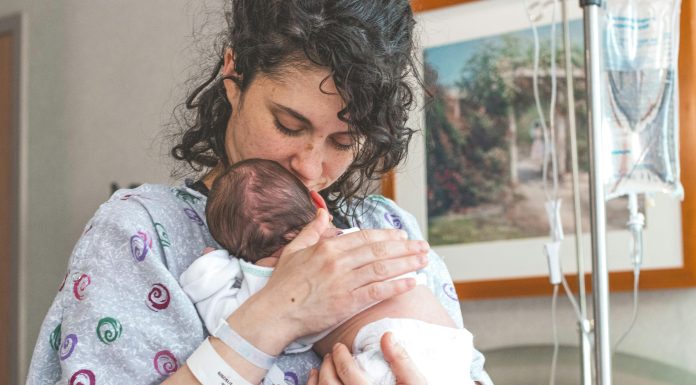Health + Wellness


Red Stick Mom provides local families with the latest resources, perspectives and expert advice about the important choices affecting the health + wellness of your Baton Rouge family.
Parents already have a lot of decisions to make! Finding consistent and reliable resources for raising a family in Baton Rouge shouldn’t be overwhelming, especially when it comes to the family’s health + wellness. There are so many issues to consider for kids these days, from children’s mental well-being to food dyes and whether those matter to vaccines and when to get them. And that’s not even taking mom and dad’s health into account!
Enduring a long NICU stay? We’ve been there. Looking for a great urgent care for children in Baton Rouge? Red Stick Mom has suggestions. We’ve talked about taking mental health days for kids, how to battle pesky molluscum, and arthritis in children. These are just a few of the health + wellness questions we’ve addressed on Red Stick Mom over the nine years we’ve served the community.
We’ve covered many different aspects of health + wellness over the years, from a scary breast cancer diagnosis to the benefit of chiropractic care during pregnancy to miscarriages and pregnancy loss. Whether we’re discussing birth or adolescence, Red Stick Mom strives to provide relevant health + wellness content for Baton Rouge families in a timely fashion. Best of all, every resource on Red Stick Mom is free to readers.
With the help of more than 25 Baton Rouge moms, Red Stick Mom makes it easy to locate important and accurate health + wellness information for busy families.






















